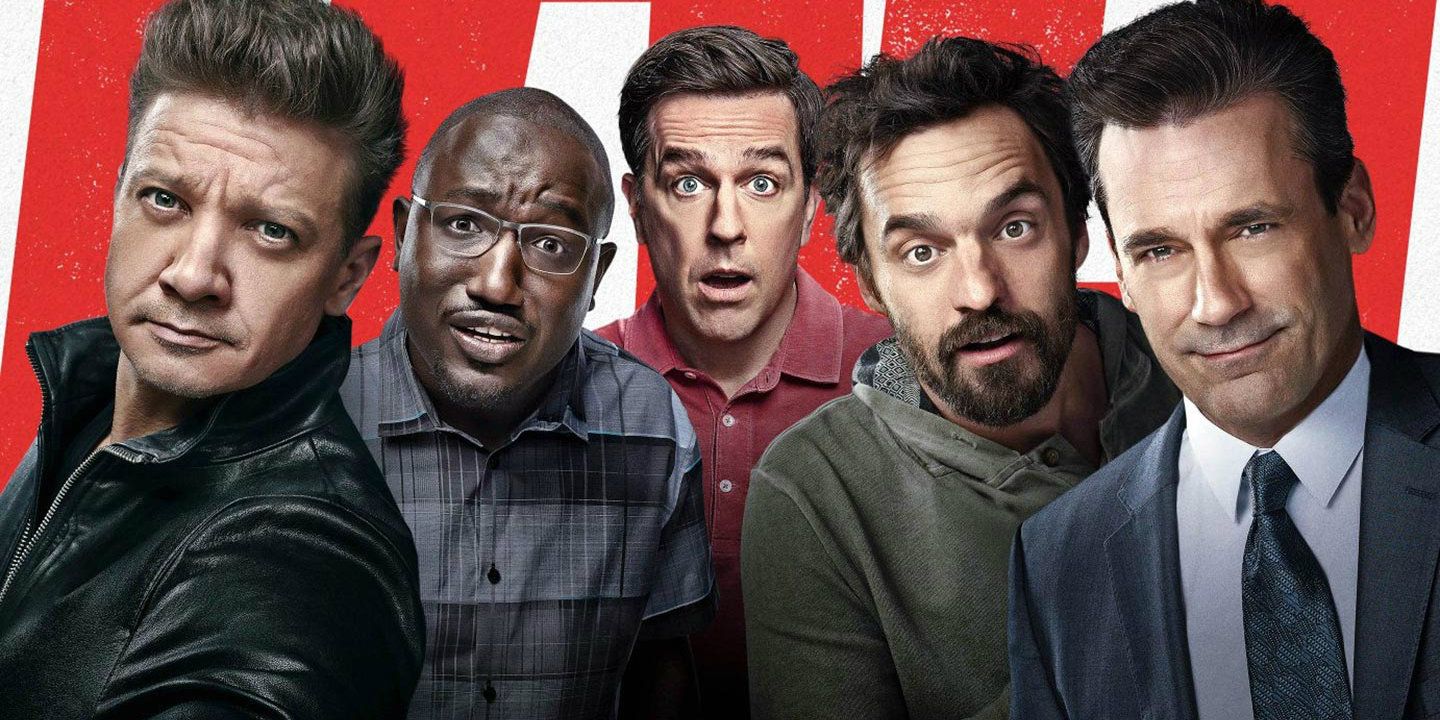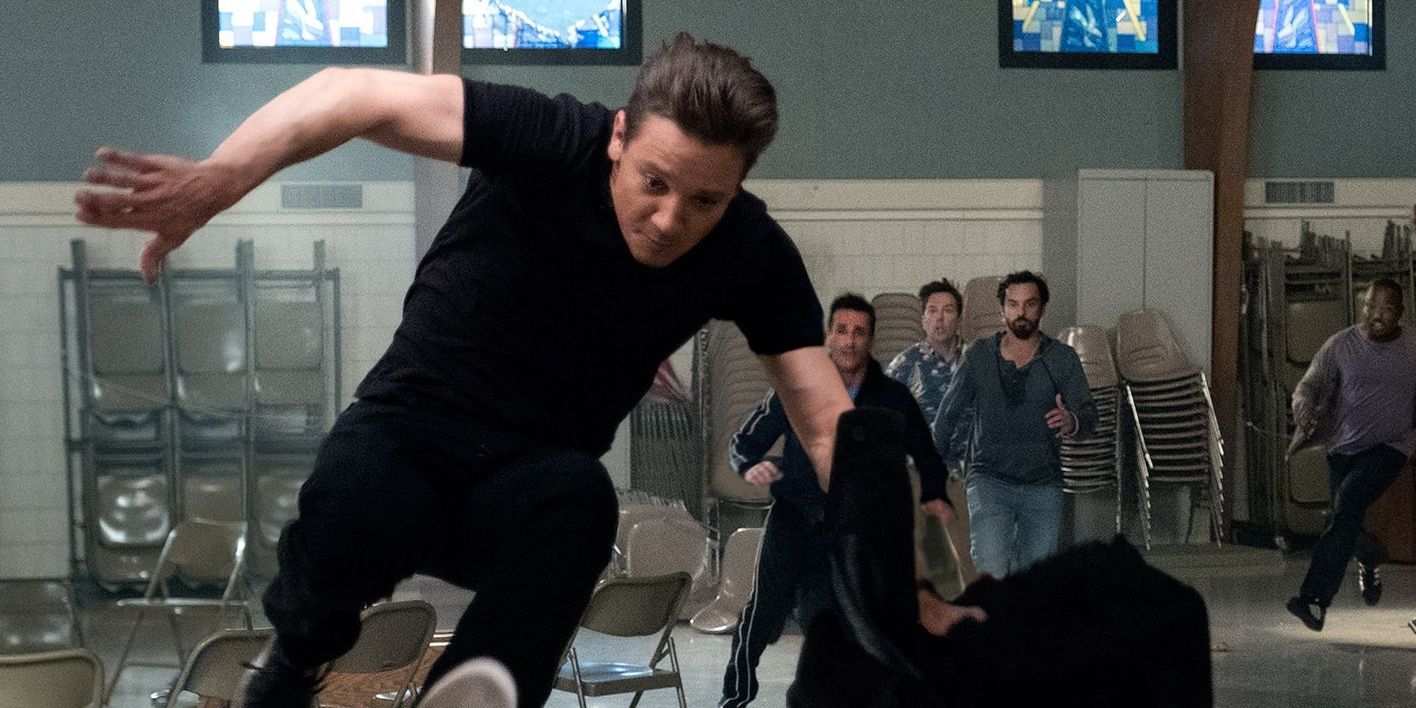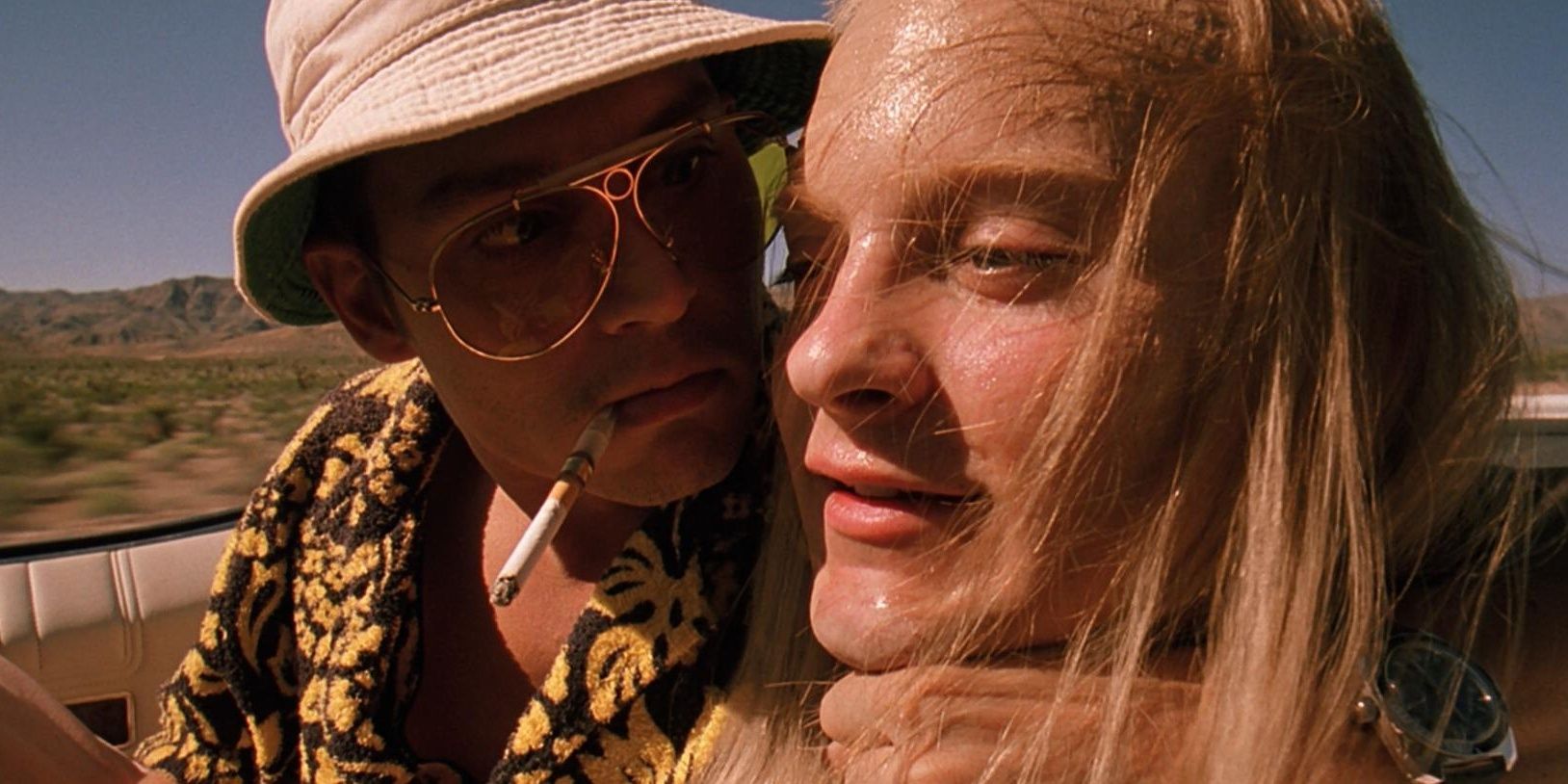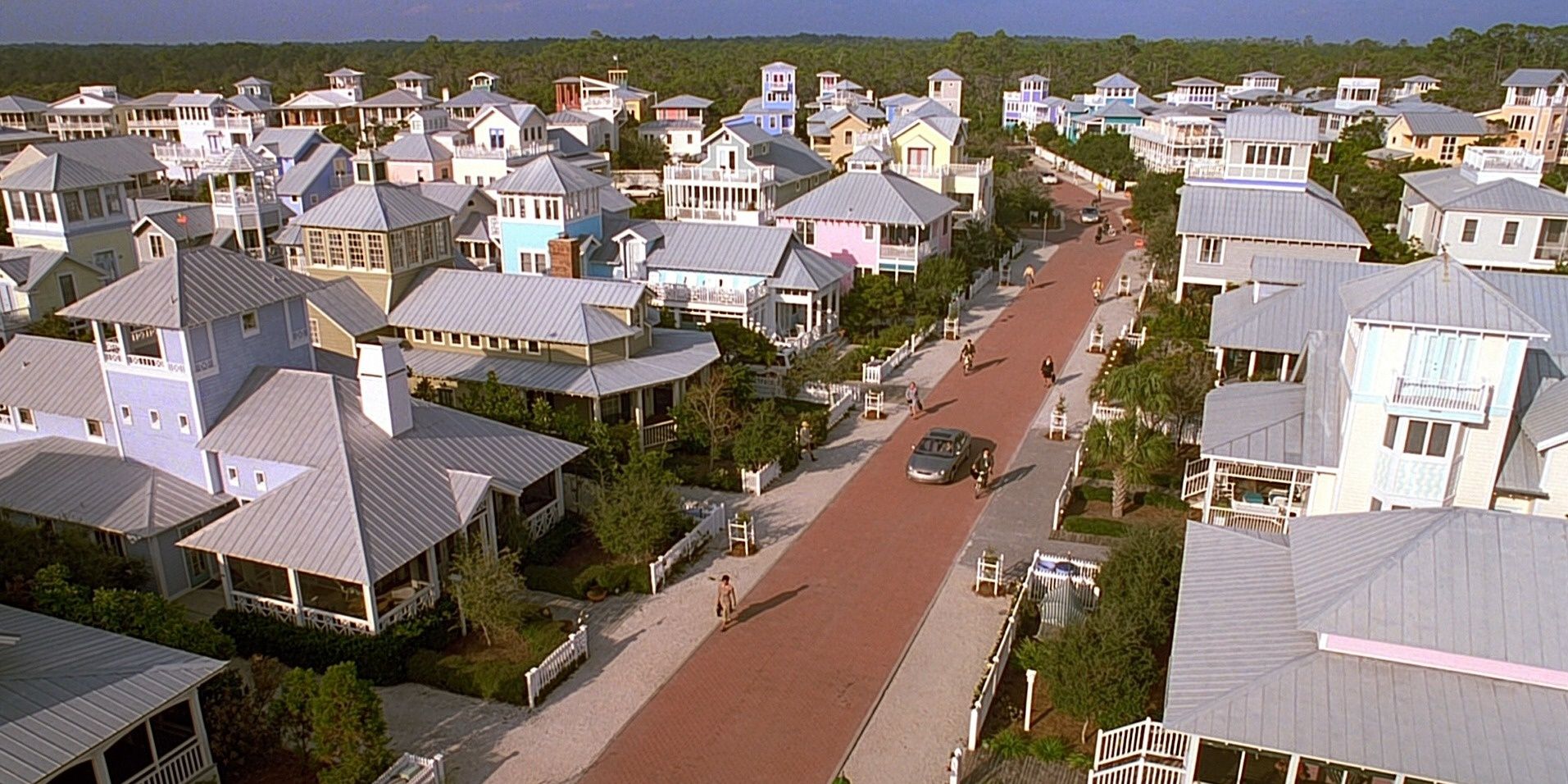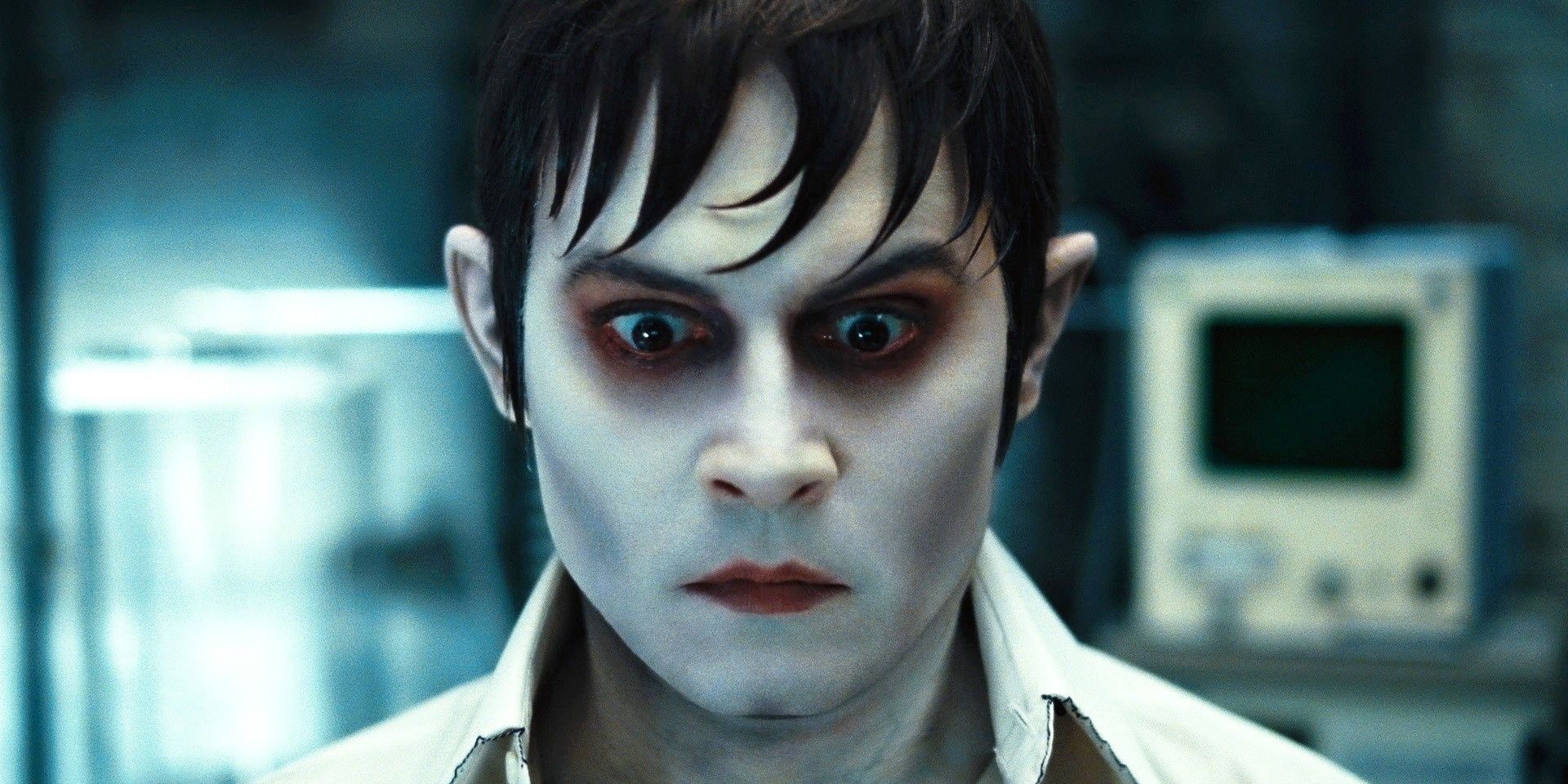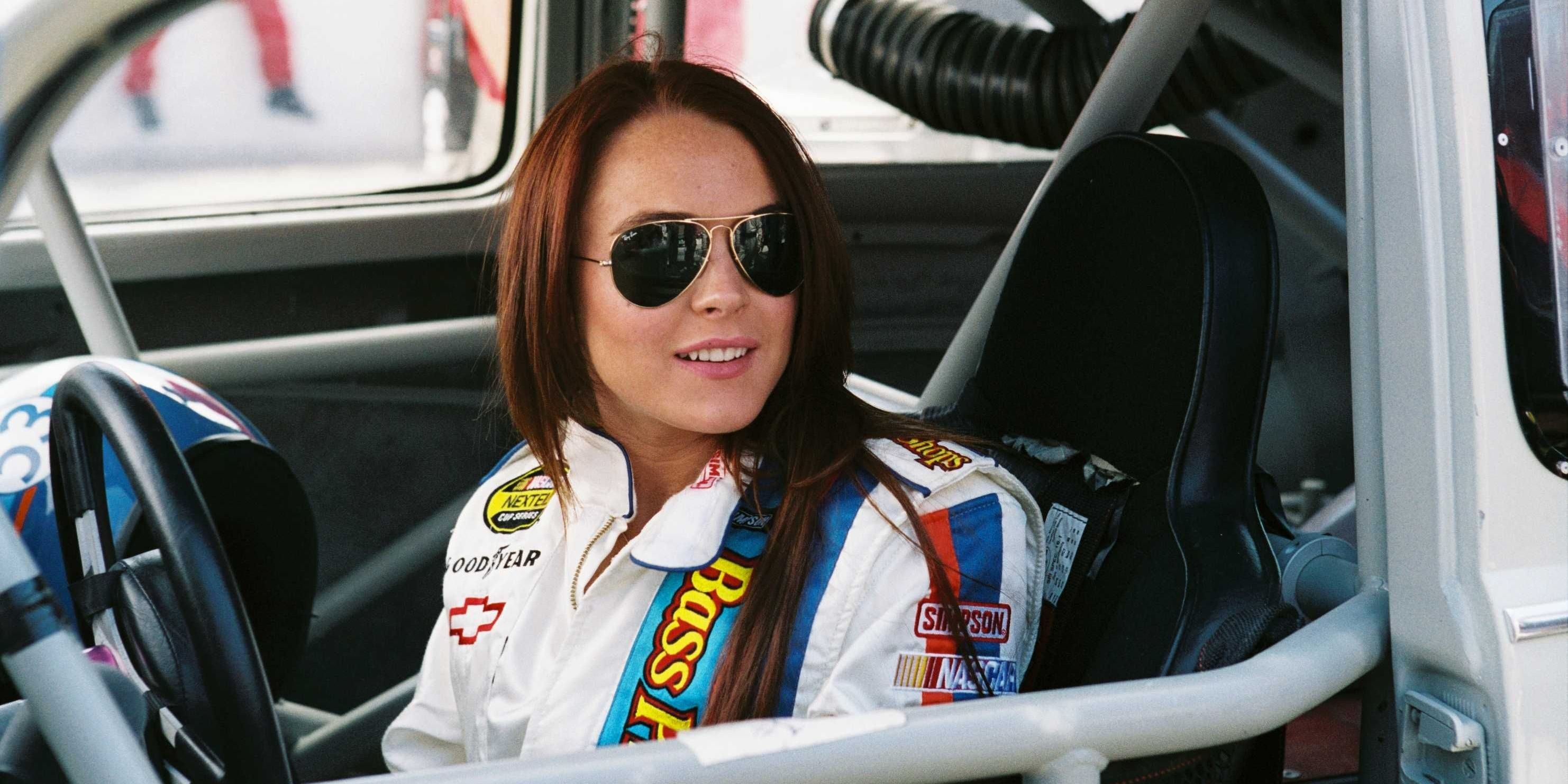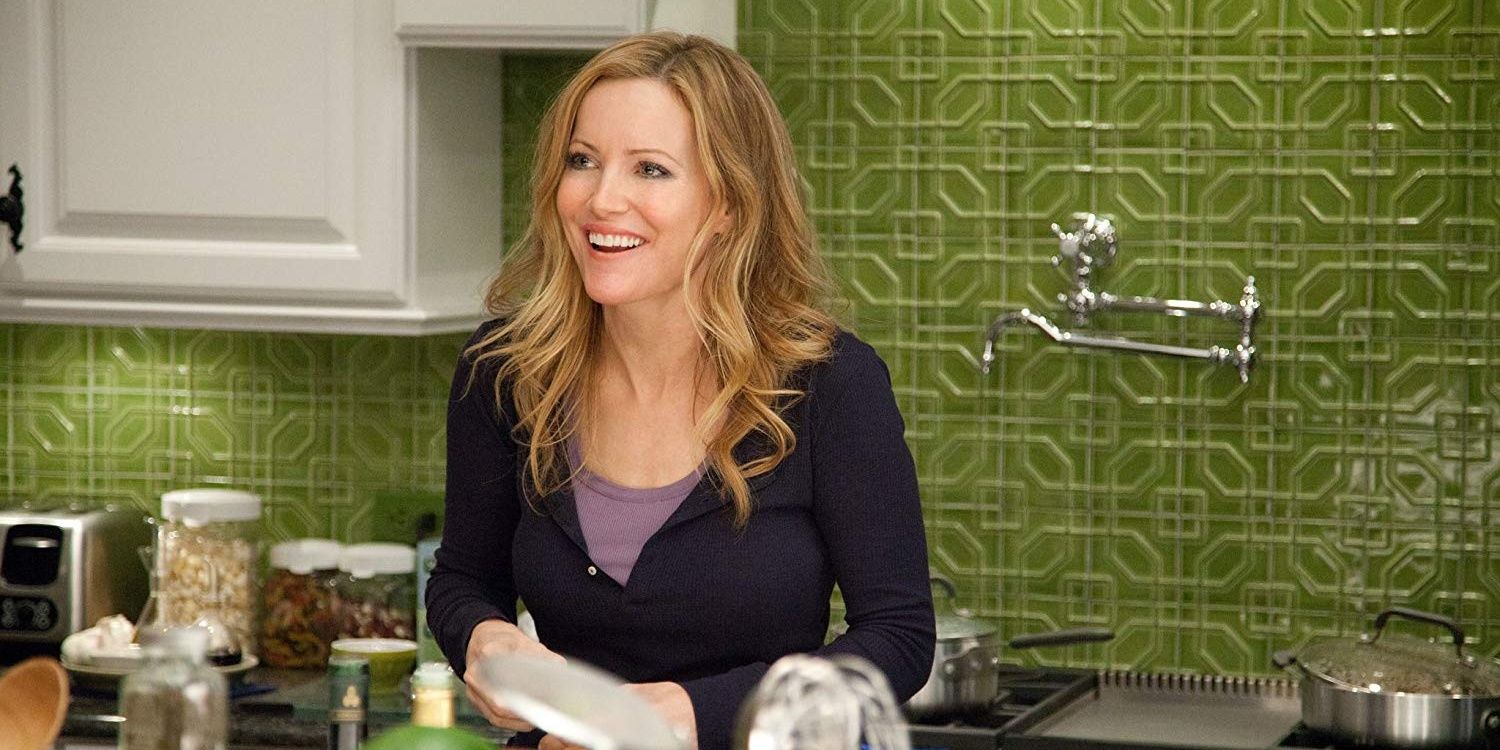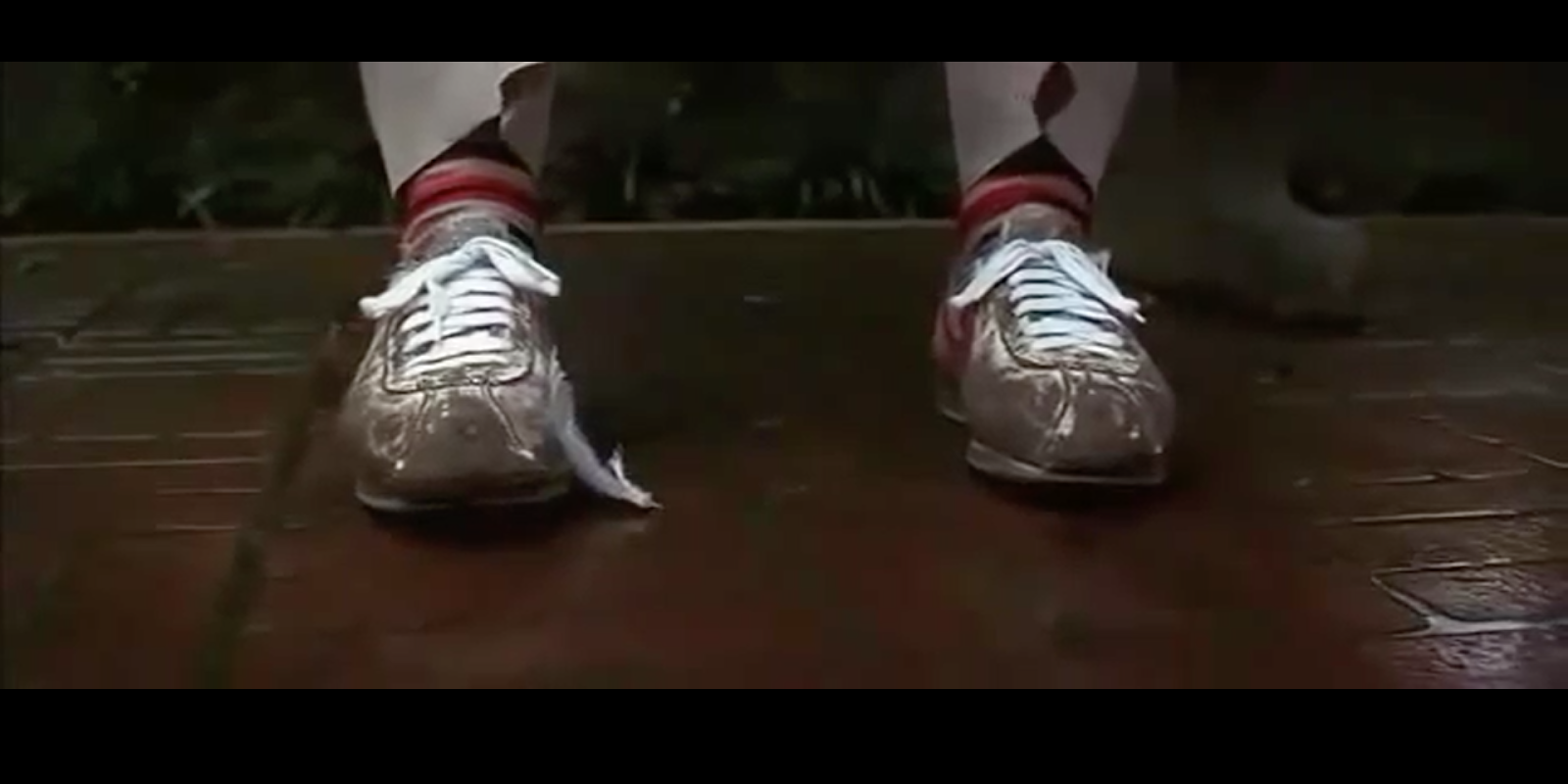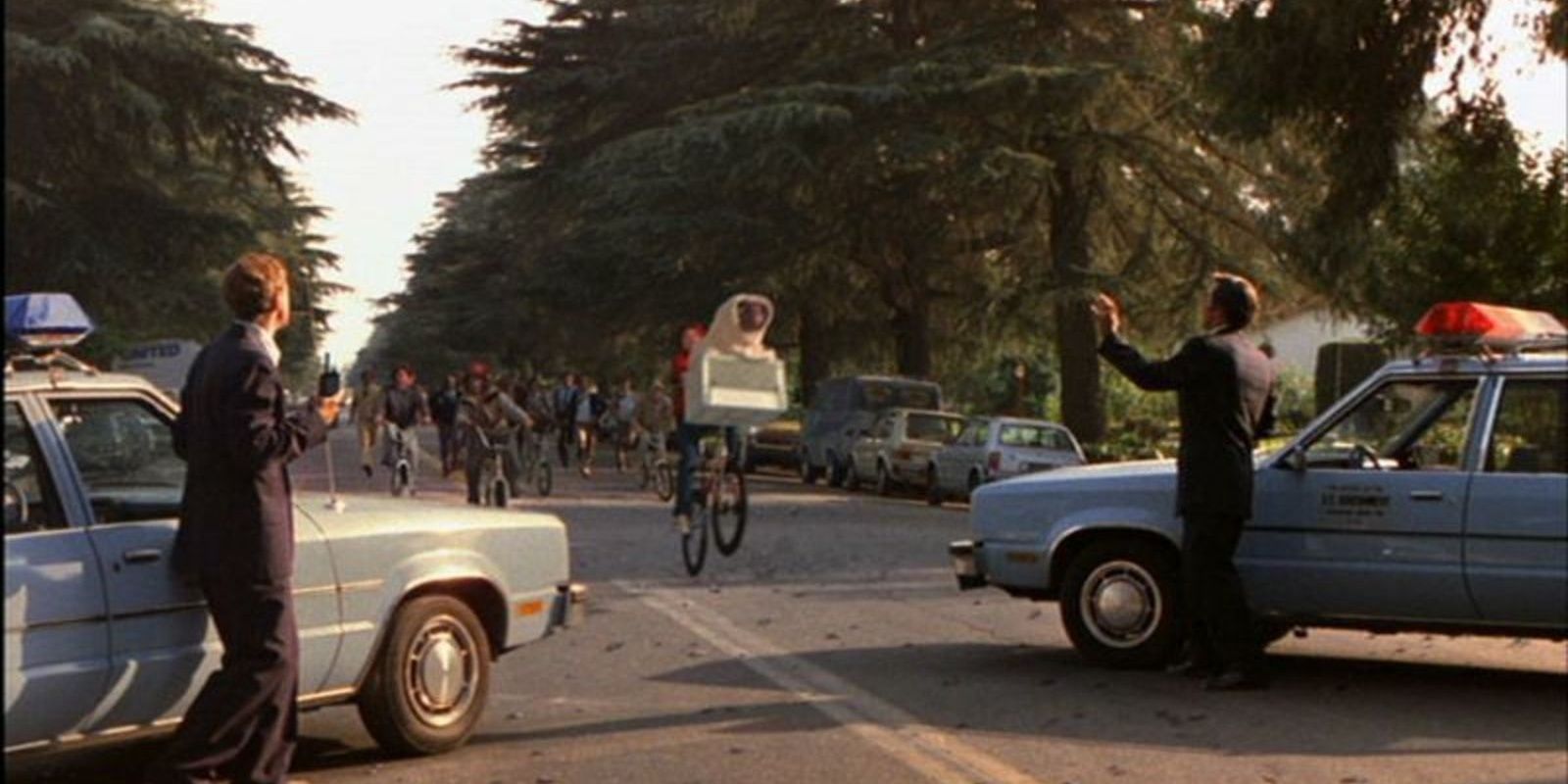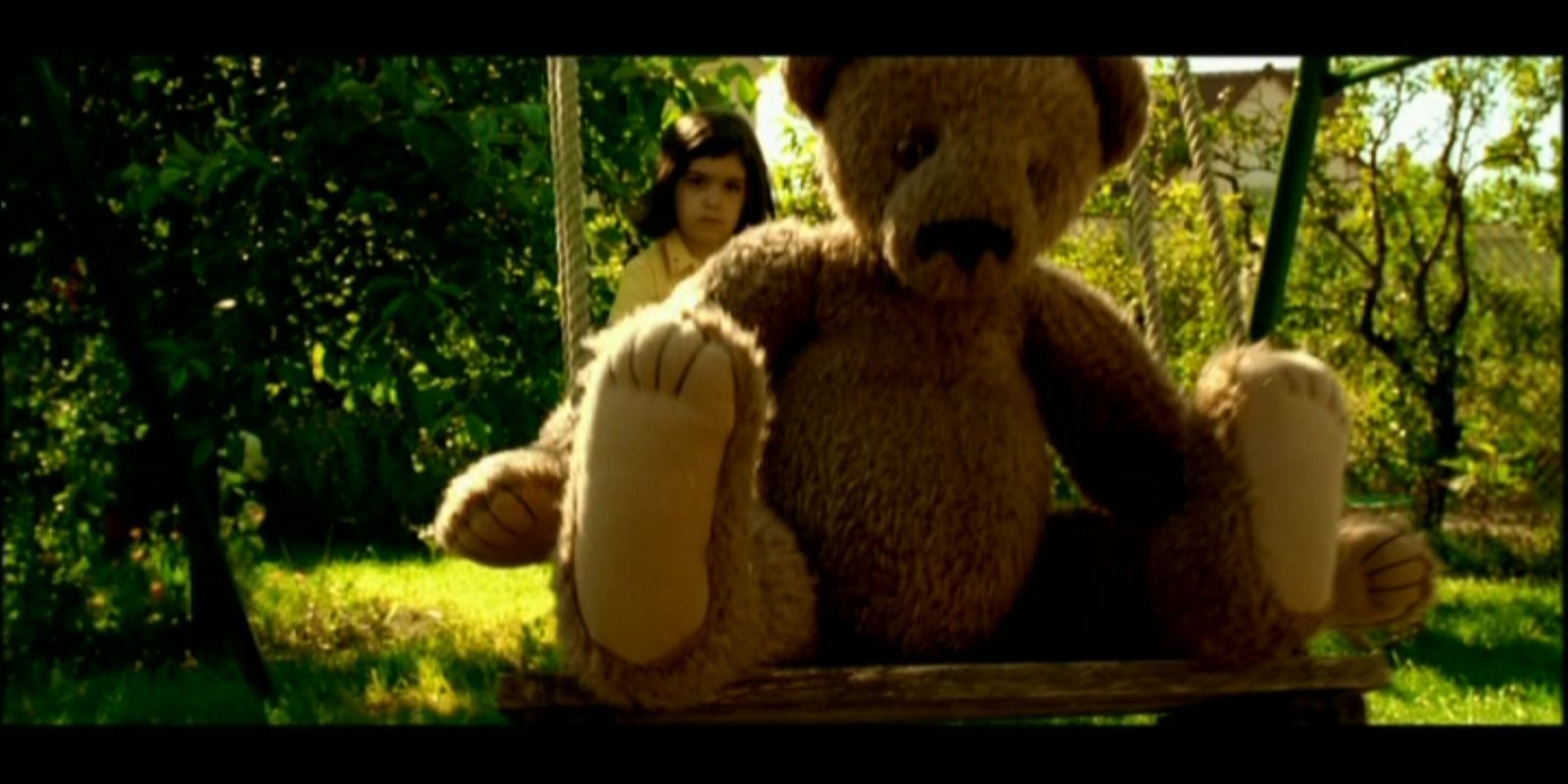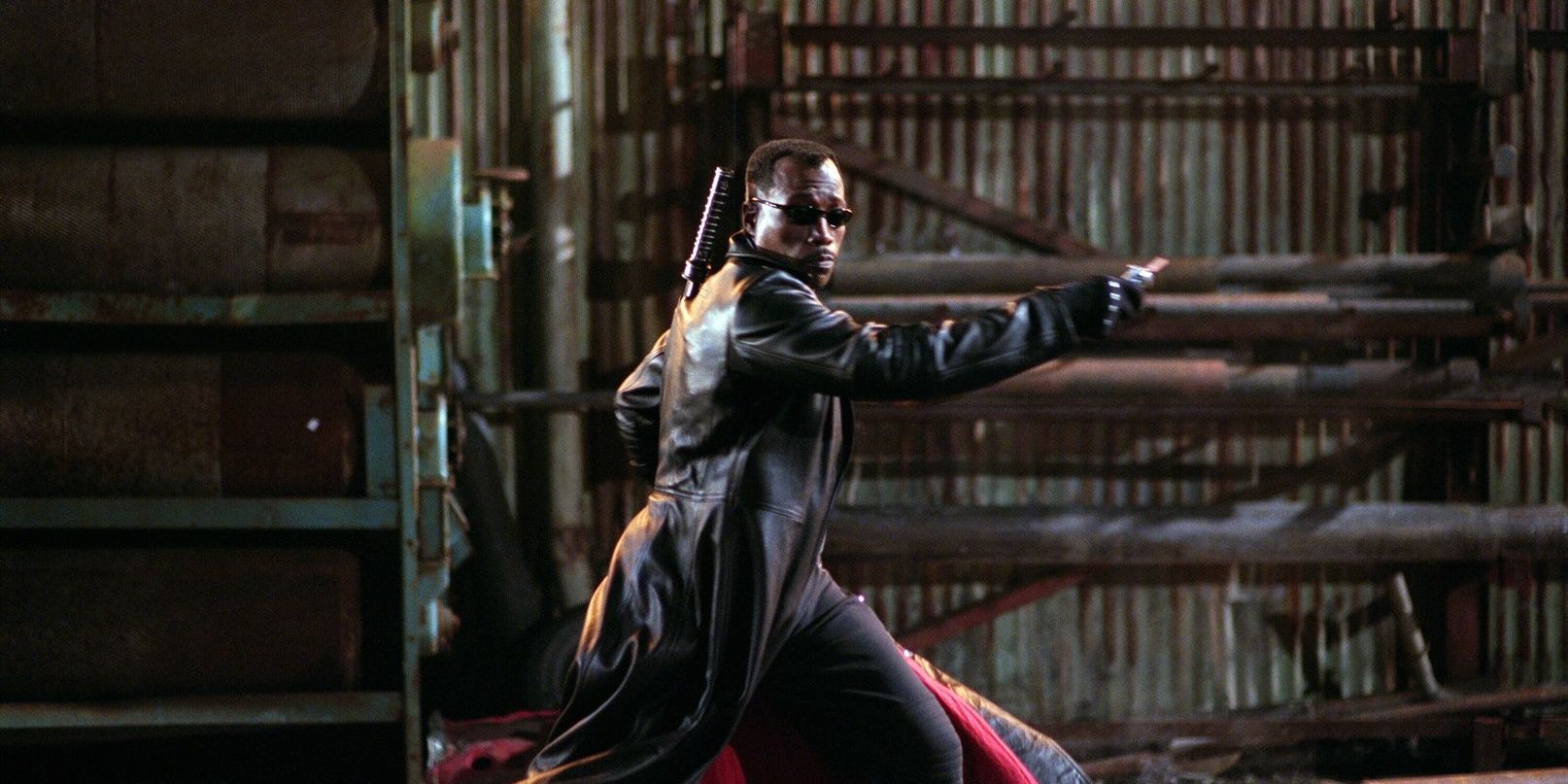There's no doubt that CGI and visual effects are one of the defining factors of the current era of cinema. New stories can now be told thanks to this technology, and old stories can be re-told in more photorealistic detail. Deceased actors can be brought back, old actors can be made young again. One of the most interesting parts of CGI, however, is not necessarily when it's used for spectacle. What makes this particular cinematic technology a phenomenon is when it's used quite subtly. If filmmaking is essentially problem-solving, then CGI helps fix anything you couldn't capture that day, covers up things you don't want seen, or can be used to fix backgrounds and extend sets. Comedy may not be known for its use of CGI, but it's there and some of these examples will definitely get silly.
Jeremy Renner's Arms in Tag
For the movie Tag (based on the true story of the longest, most dangerous game of Tag ever played) there was a slight issue with one of its stars, Jeremy Renner. Early on in the shoot, Renner, while attempting to perform one of his own stunts, unfortunately broke both of his arms. The film could neither afford to stop shooting or replace him, so Renner had to wear green screen sleeves over each of his casts. For most of that movie, whenever you see Jeremy Renner's arms you're actually seeing his computer-generated arms.
Tobey Maguire's Hair in Fear & Loathing in Las Vegas
Fear & Loathing in Las Vegas is a cult classic, based on Hunter S. Thompson's memoir, and it features a well-remembered cameo from future Spider-Man, Tobey Maguire. Maguire plays a hitchhiker who unwittingly gets a lift from a severely drugged up Thompson at the beginning of the movie. Director Terry Gilliam wanted the hitchhiker to have long hair, which would require Maguire to shave his head and wear a wig. As this was not agreed to by Maguire when he signed his contract, he demanded more money for the shave. Gilliam didn't want to pay, so instead used some pretty impressive CGI — at the time — to grow Maguire's hair.
Buildings in The Truman Show
The Truman Show is a story about a man who is totally oblivious to the fact that his life is actually an elaborate reality television show. Everything around him is fake; his friends are actors and his home and his work are sets. The sets that make up Truman's island home are expansive but, ironically, the actual film sets couldn't be as big as they were in the fictional show. Director Peter Weir made the town look bigger by building lots of single-story sets and then expanding them with CGI. It's a trick now used in movies more often than you'd think.
Johnny Depp's Eyelids
Tim Burton's remake of the 1960s horror TV show Dark Shadows is a film one might think of as filled with CGI and other special effects; this happens to be true, though not in the way you'd expect. Johnny Depp plays a vampire at the head of a strange family of kooky and spooky characters. To make his leading man seem even weirder, Burton digitally removed Depp's eyelids whenever he blinked. It's a tiny detail — maybe one you wouldn't even notice — but it does make his performance just that little bit stranger.
Lindsay Lohan in Herbie: Fully Loaded
Lindsay Lohan had already made the transition from tween star to teen star by the time she made Herbie: Full Loaded, but she still managed to shock her Disney producers. They were basically worried that her breasts were too big (and therefore distracting) for their family-friendly film. Really? To "fix" the matter, they digitally reduced them whenever you could see them onscreen.
Leslie Mann and Olivia Wilde in The Change-Up
This body-swap comedy features a lot of nudity from its female stars, Leslie Mann and Olivia Wilde, except it actually doesn't. In some scenes, the stars used body doubles, but a lot of the topless scenes were CGI. Leslie Mann had her breasts "enlarged" to look like she was believably nursing, while Olivia Wilde had fake nipples painted on to her, which she was allowed to approve before the film was released.
Forrest Gump
A lot of Forrest Gump employs a clever use of CGI. Director Robert Zemeckis has always been at the cutting edge of special effects, especially when he can make it blend seamlessly into the story. Many of the backgrounds in the film are digitally enhanced and Lieutenant Dan's legs were, famously, digitally removed. But perhaps the most subtle use is at the beginning and end when the camera follows a feather as it floats towards Forrest and then away from him. For the time (and even now), it looks incredibly realistic, but it would be almost impossible to control a real feather like that.
E.T. (2002 re-release)
This is an example of how CGI can be used to change scenes that may be problematic for a modern audience. E.T. was a classic almost from the moment it was released; its brilliant storytelling and characters made it a family film for the ages. However, in the original release during the famous bike flying scene, the boys face a blockade complete with police officers pointing shotguns at them. What was fine then was clearly not fine later, so in the rerelease the guns are replaced with digital walkie-talkies.
Amelie Plays Doctor
Amelie is a sweet and lovely film made by Jean-Pierre Jeunet, a director who is famous for his use of practical effects and sets to create his unique stylish aesthetic. However, even this film is not free of its bizarre use of CGI you would never notice. In one scene, Amelie pretends to perform an operation on an ordinary stuffed bear. Except that the bear isn't real, it's CGI. It's fitting; a fake bear for a fake operation.
Wesley Snipes' Eyelids
Blade: Trinity is not strictly a comedy, but this example of CGI is so stupid and so hilarious it has to count. Also, it's another example of the extensive history of CGI eyelids. Snipes' antics on the set are now famous; suffice to say, he was often aggressive and uncooperative with his colleagues. In one scene in particular, where he was meant to suddenly wake up, Snipes (for reasons best known to himself) refused to open his eyes. Director David S. Goyer filmed the scene anyway and then digitally opened Snipes' eyes (to hilarious effect) in post-production.

